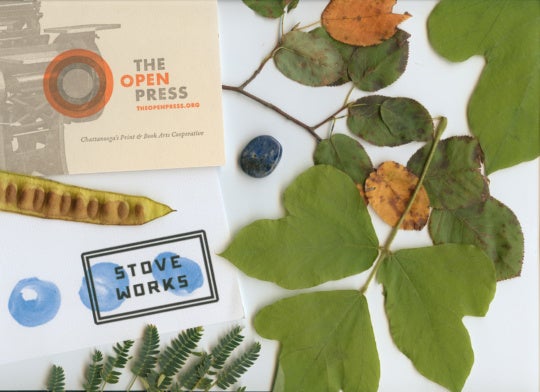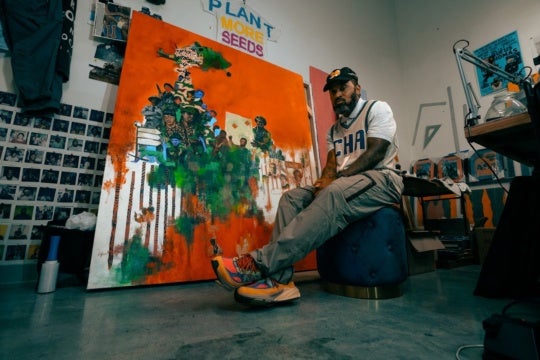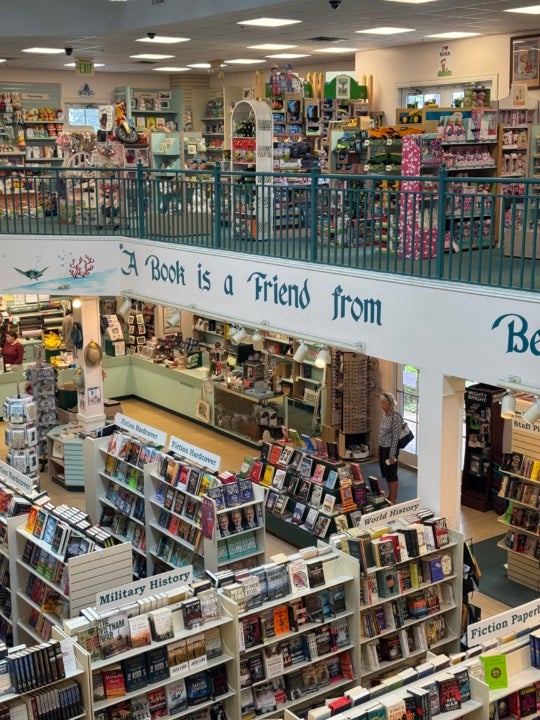
Creativity as catharsis and art as a tool for healing are at the heart of Liyana, which screens April 14 as part of the 42nd annual Atlanta Film Festival. An innovative blend of animated storytelling and traditional documentary, the film focuses on a group of children in Swaziland living together in the communal, rural Likhaya Lemphilo Lensh home for orphans. The children create the titular storybook character of Liyana, illustrated by Nigerian-born, California-based Shofela Coker, in order to help them cope with trauma.
Though the notion of therapeutic art can often seem more like a prescriptive technique than a celebration of the innate power of art itself, Liyana, directed by husband and wife filmmakers Amanda and Aaron Kopp, makes a powerful statement for how both the process of making art and the shared reception of it can not only inspire but prompt to action.
Discussions of the effects of film, video games, comic books and art often tend to fall in line with a reactionary, or censorious, political agenda, but Liyana affirms the tantalizing prospect of art’s ability to enlarge one’s humanity. Liyana raises deep questions about how art operates, especially for children, who perhaps more enthusiastically insert themselves into it and see its animals and heroes as their proxies.

As products of the AIDS epidemic that has consumed Swaziland and infected more than 25 percent of the adult population in a country with the world’s highest HIV infection rate, the children are haunted by their early experience of loss and suffering. The film allows details of their lives to emerge piecemeal, albeit without too much lingering detail. It is implied that alcoholism and abuse and the shared circumstance of the death of parents have marred their lives. In one harrowing scene, a small child at the orphanage undergoes an HIV test to learn if he will join some of his classmates who, we can only assume, are HIV-positive and must keep supplies of medicine close-by.
In a novel effort to make them agents rather than victims of their circumstance, and to allow their powers of creativity and storytelling to empower them, the orphanage imports a South African storyteller and children’s book author, Gcina Mhlophe. She leads classes with the children, who together create a quest story acted out by a heroine of their own invention, Liyana.
The children devise a storyline and a mission for Liyana: to save her small twin brothers from robbers who have abducted them from her grandmother’s home. The children craft Liyana into a storybook-suitable Lara Croft or Wonder Woman, a scared but determined girl who surmounts a number of obstacles in the midst of her adventure. Liyana moves back and forth between documentary scenes of the children at work and play at the orphanage, or working on Liyana’s next adventure, and animated sequences where we see those adventures unfold. Liyana fords crocodile-choked rivers, battles ravenous hyenas and nightmare dragons, aided along the way by her faithful white bull, who serves as companion and protector.
The children’s connection to nature is especially poignant in Liyana; it is resolute, life-affirming, a balm against the cruelties of the human realm. In their story, Liyana continually echoes this Edenic view of the natural world, discovering iridescent lizards, and forests of mango trees and, for the very first time, the ocean, an experience so moving and powerful, Liyana almost abandons her journey.
In the process of crafting their story, the children dredge up their own demons, both real and imagined, in order to slay them. When Liyana finally catches up with the kidnappers, the children storytellers become —via Liyana—the rescuers, and the saviors of other children abducted by the criminals.

The Swaziland children in Liyana are bright, enthusiastic and engaging in sequences where they describe Liyana’s tribulations for the filmmakers’ camera. It is clear that storytelling becomes both a way for them to exorcise their own traumas, but also gird themselves for ones to come.
But their faces grow troubled and their expressions darken when, in the animated sequences shown on screen, Liyana’s drunken father appears, her mother dies, or there is the suggestion of abuse. In those moments, we infer the echoes of their own lives in the story details. If the filmmakers can be faulted for anything, it might be for not giving a clearer picture of the specific traumas these children have endured. There’s an undeniably feel-good element to Liyana that affirms the resilience of children. But it’s hard to deny that we, too, embrace tales of heroic triumph over adversity and want to believe more than anything that every story has a happy ending. Hopefulness is the operative tone in Liyana, and it’s hard to blame the makers for indulging in it.
Liyana plays out like a Carl Jung or Joseph Campbell myth, an expression of the power of our stories to fuel our deepest desires and offer shared narratives to help us navigate the world. But there are elements that mark the figure of Liyana as something more progressive and powerful. An echo, perhaps, of the female storyteller and the female caretaker at their orphanage, the “hero” at the heart of Liyana is a female symbol of strength, resilience and bravery. Or as the shy, tentative teenage girl Nomcebo tells the filmmakers at the conclusion of the film, “Liyana was strong. I am also strong. I want to write a nice story. My life.”
Liyana screens Saturday, April 14, 2018, 1:30pm at the Hilan Theatre as part of the 42nd annual Atlanta Film Festival.
Felicia Feaster is a managing editor at HGTV and Travel Channel, the co-author of Forbidden Fruit: The Golden Age of the Exploitation Film, and writes frequently about art and culture for a number of Atlanta and national publications. She is also a new BURNAWAY board member.




